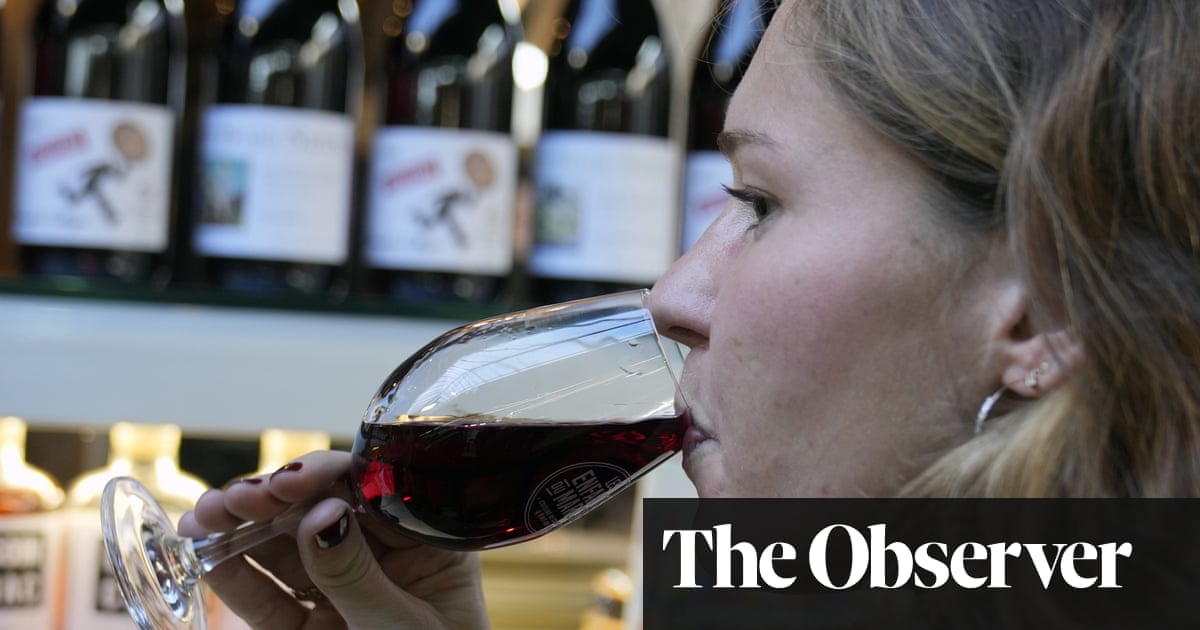Remember merlot? Why grapes go in and out of fashion – The Guardian

Domaine Bel Avenir Beaujolais Nouveau, Beaujolais, France 2022 (£13.33, or £12 as part of a mixed case of 6 bottles, wickhamwine.co.uk) Trends in wine are as cyclical as any other product, although a single spin of the wine world’s wheel of fashion does seem to take rather longer than the Mark Cavendish-at-full-pelt split-second it takes for clothes and music to move from new to beyond the pale to sophisticated retro. It took a while, for example, for wine’s trend setters to get around to rescuing the reputation of the exuberantly fruity, fresh-off-the-press 1970s and 1980s favourite “nouveau” wines of Beaujolais. But thanks in large part to the natural wine scene – which has championed the gluggable drinkability (or glou-glou as the French have it) of wines made using the same carbonic maceration winemaking technique that gave (and gives) Beaujolais nouveau its easy fruitiness – nouveau has become trendy again over the past decade. And Domaine Bel Avenir’s contribution from this year’s harvest brings a bright burst of berry to remind us sceptics why it was so popular in the first place.
Errazuriz Estate Reserva Merlot, Curicó Valley, Chile 2021 (£9.99, or £8.99 as part of a mixed case of six bottles, majestic.co.uk) Grape varieties are particularly susceptible to swings in fashion. Chardonnay is the obvious example: an enormous hit when the first buttery, tropically fruited Australian and California versions appeared in the 1980s, it was subject to a ferocious critical backlash in the 1990s and 2000s, despite being responsible for some of the greatest white wines (white burgundy, champagne) in the world. The red equivalent may well be merlot, which for a time in the 1990s and early noughties was the go-to soft and fruity red, but never really recovered from the reputational savaging it received (or was perceived to receive) in the 2004 wine-themed movie, Sideways. All of which seems a bit daft when you taste a suavely plump and plummy example such as Errazuriz’s, which shares many of the qualities of wines made from the grape variety that has replaced merlot in many drinkers’ repertoires, malbec, but with rather more depth and satisfyingly grainy texture than you usually find at this sort of price.
Faustino I Gran Reserva, Rioja, Spain 2010 (£17, Tesco) One aspect of wine fashion that all of us might feel we should be able to rise above is the packaging. We know, deep down, that there is no causal link between bad winemaking and ugly labelling. We might even argue, as more than a few importers have told me over the years, that a bad label in some cases implies good winemaking, since it suggests the winemaker was too busy out in the vineyard or in the cellar to worry themselves with something as trivial as packaging. Still, that first impression is mighty difficult to shake, and the look of the bottle plays a much more significant part in what we end up drinking than we would like to admit. Certainly, in my case, the frosted glass, the gold netting and the Rembrandt detail of Rioja brand Faustino’s gran reserva has always felt off puttingly ersatz, a little bit tired old tapas restaurant, a little bit duty-free shop circa 1983. But the wine inside, I discovered recently, is really very good indeed: classic, deeply flavoured, coconut-infused, savoury rioja. Is it fashionable? Who cares? It’s absolutely delicious.
Follow David Williams on Twitter @Daveydaibach
Copyright :

